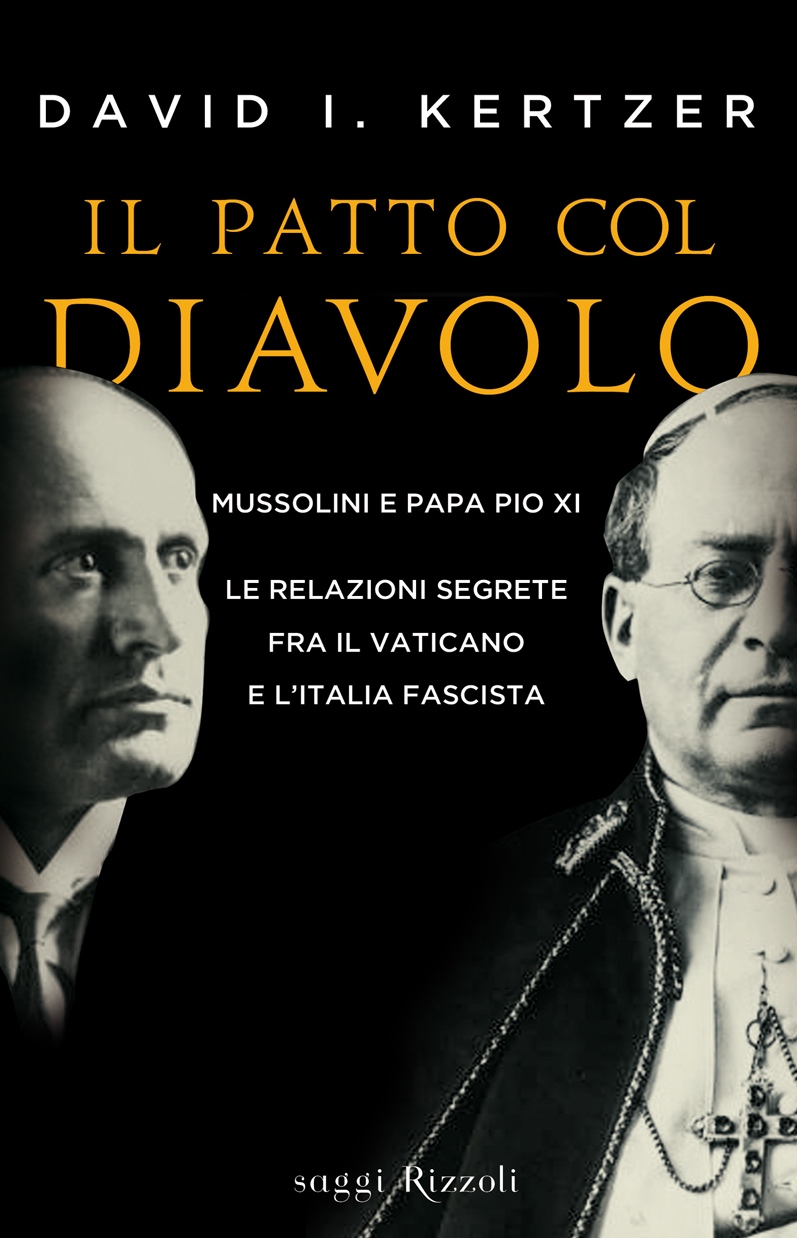


In late October 1922 approximately 26,000 of Mussolini’s followers “marched” on Rome to take over the Italian government permanently. Within two years, the movement gained sufficient support to win thirty-five parliamentary seats to form a coalition with the old conservative elite in an effort to thwart the growth of socialism in Italy. By March 1919, such efforts led to the establishment of a Fascist movement. A charismatic entrepreneur, Mussolini engaged in numerous endeavors to capture the attention of Italy’s radically disenfranchised public, including founding his own newspaper, Il Popolo d’Italia (The Italian People), and organizing revolutionary cells to push for political and societal change. Ratti chose Pius as his pontifical name.īy contrast to the religiously devout Ratti family, Benito Mussolini grew up among anti-Catholic “rabble-rousers and revolutionaries” (p. Ratti held this position for less than a year as, upon Benedict’s death, the conclave on February 6, 1922, elected him pope on the fourteenth ballot. By 1921, Ratti had demonstrated sufficient leadership skills that Benedict recalled him to Italy and named him archbishop of Milan. Immediately following World War I, Benedict called on Ratti again to serve as apostolic visitor to the newly constituted Polish government. Four years later, the service and skills he displayed in this position led Pope Benedict XV to name Ratti prefect of the Vatican Library. In 1907 the fifty-year-old Achille Ratti, the future Pius XI, took on the position of prefect of Milan’s Ambrosian Library. The Pope and Mussolini examines the relationship between the Holy See and the Italian Fascist government, primarily through the lens of their respective leaders, Pope Pius XI and Benito Mussolini.


 0 kommentar(er)
0 kommentar(er)
